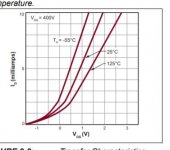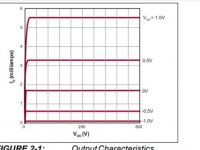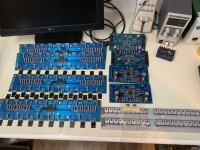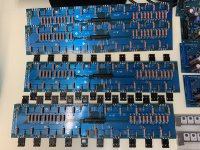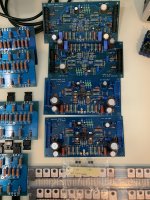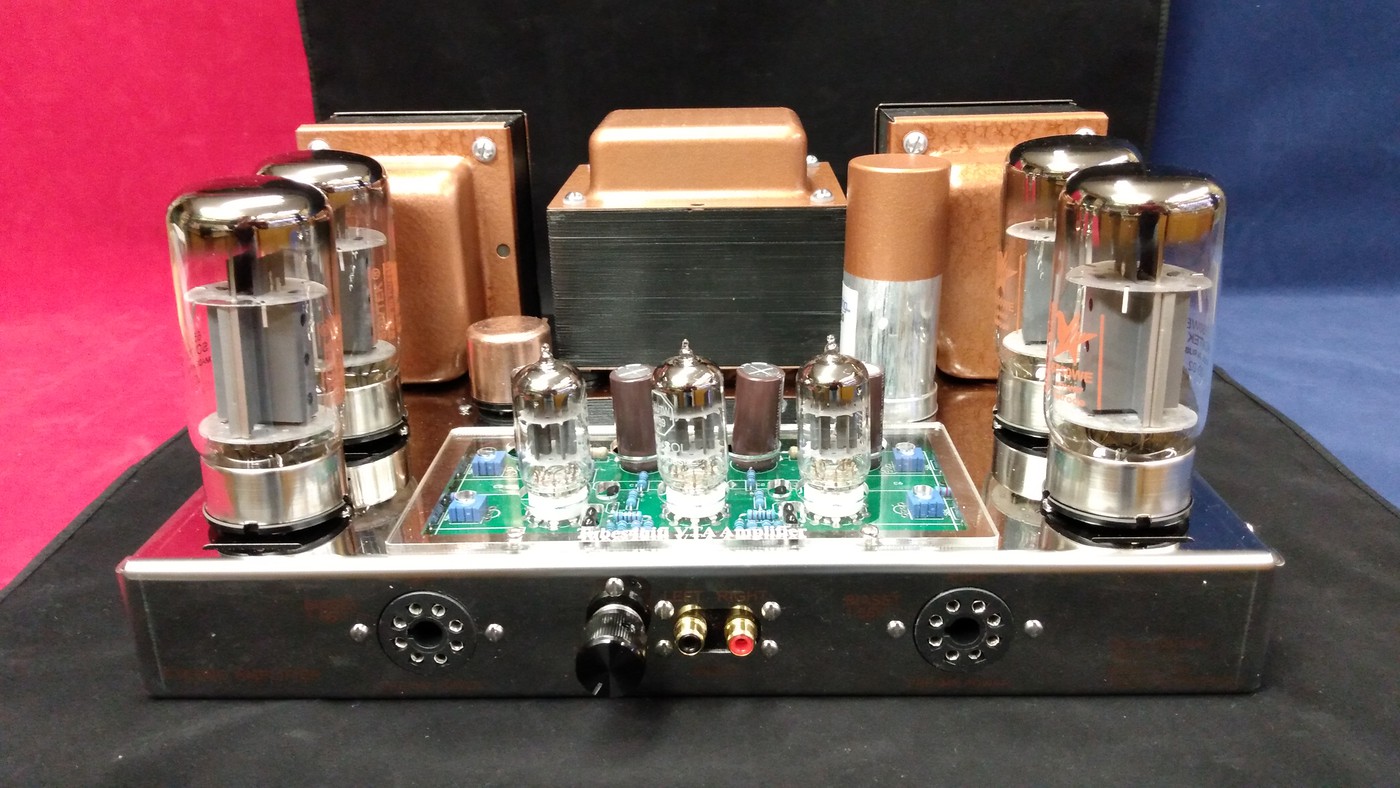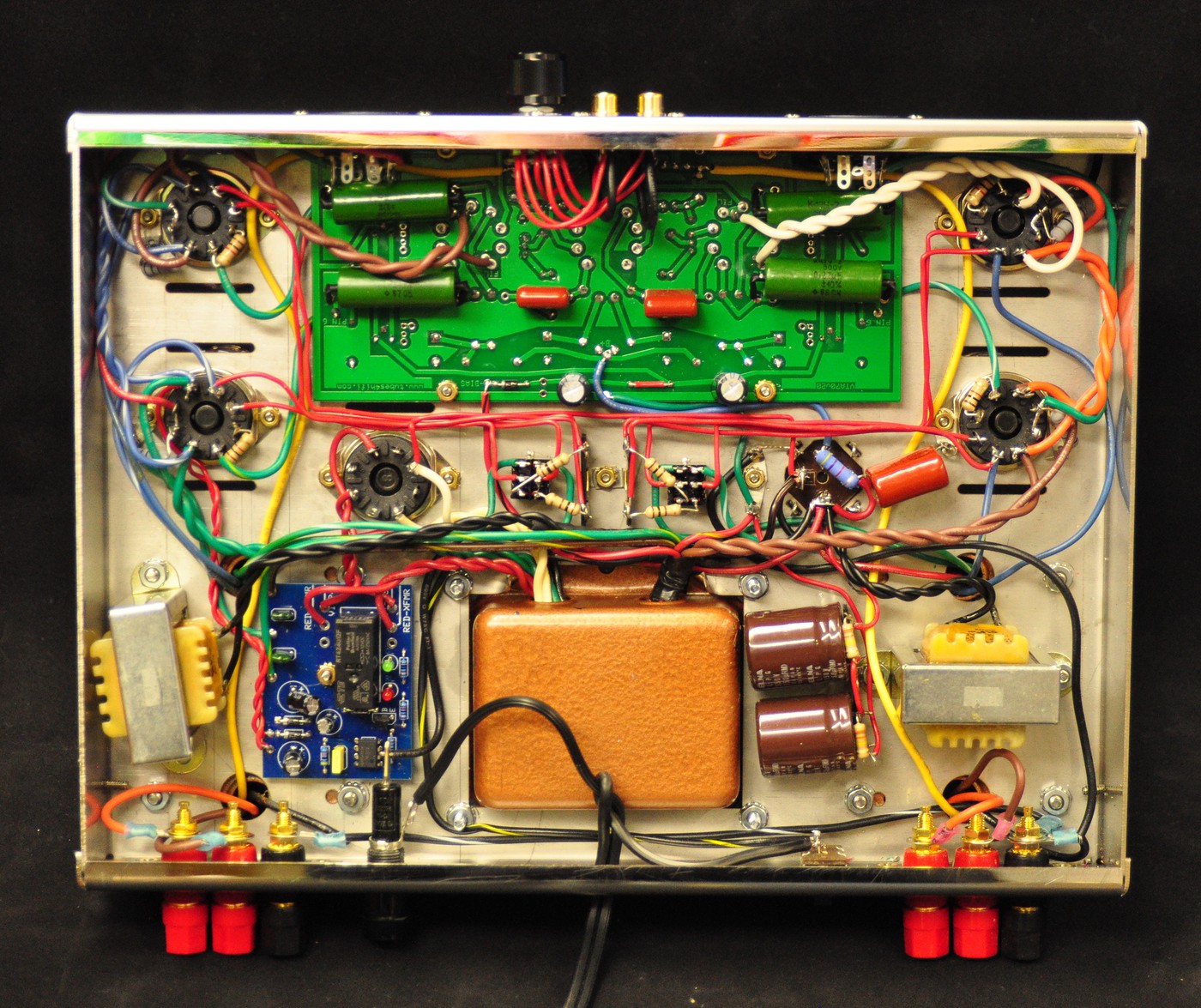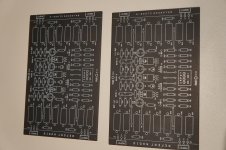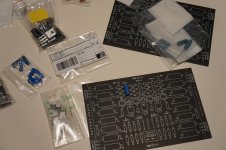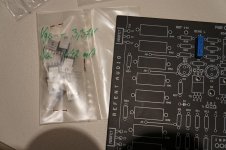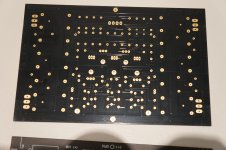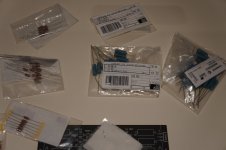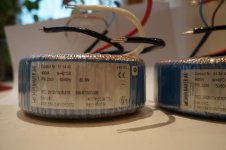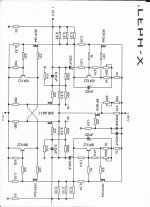Hello, and thanks for stopping by.
Although I have built my own guitars, tube amps, FX pedals, and work as an Engineering R & D tech at Zoll Medical, this particular facet of things is unchartered territory for me. I'll just try to dive in and see where this goes.
Having been a professional guitarist that dreamed about having Cello/violin like melody expression I build a guitar with no frets and it is to be played with only an Ebow.(electronic bow) So, for frequency range, that means my lowest note is around 80 Hz and the Ebow with the pickup I use will generate up to 10-12Khz, which, is unusual for a normal guitar which usually uses speakers that roll off around 5-6K at the most.
Considering this expected range, I thought it would be a reasonable idea to use a high power full range speaker, could be 8", 10" or 12". I don't think I need to go 12", for this application an 8" full range speaker may be fine. I'd like this system to be loud enough to work in small to medium rooms, and I'd like to get "the sound" on stage so, a sort of fully produced sound on stage to be stereo mic'd and act as the stage monitor as well. This rig will be in stereo with stereo effects so, I'm looking at 2 cabinets powered with a 2 channel Crown or QSC power amp, probably 300 watts would do.
Just to clarify, the Ebow/fretless "guitar" goes into a DI/Neve mic pre/Kurzweil Rumour 2 channel reverb-ambience processor then finally out to a 2 channel power amp and into the 2 cabinets, each with a full range speaker.
This is what I picture as far as what I know in life about sound so far plus, I can look to keep it fairly compact and maybe affordable (maybe).
So all of this seems to live somewhere in the middle of "Hi-Fi, live sound and guitar amp". Least of all, guitar amp - I have my Fenders and Marshall for that. I will also be using IR pedals to emulate different wooden violin/cello body resonances and such so, my choices in speakers/cabs may want to lean toward at least a little "flatter responce". It certainly doesn't need to be super accurate or flat, just not super colored or have high distortion like a guitar amp. Like a little good sounding stereo PA system for the stage. If I ever need huge volume, I'll mic up the two cabs.
So I've been looking at various full range speakers by Eminence, Celestion and a few others that I cant even remember, and wondering if I choose a speaker then match a fitting cabinet, or the other way around. I probably can't afford to custom build speaker cabs based on the speakers electrical/mechanical characteristics so, I'll be trying to find a decent match of speaker and cabinet that is reasonably affordable, just for starters.
So, in your opinion, considering my particular application, how would you recommend I look at putting this together? I'd surely be interested in your ideas. It doesn't have to be perfect to start, I just need a reasonable start and take it from there as I learn the elements, and experience the issues.
Thanks so much for reading through this, I know it was a bit loaded post
Best,
Phil Donovan









